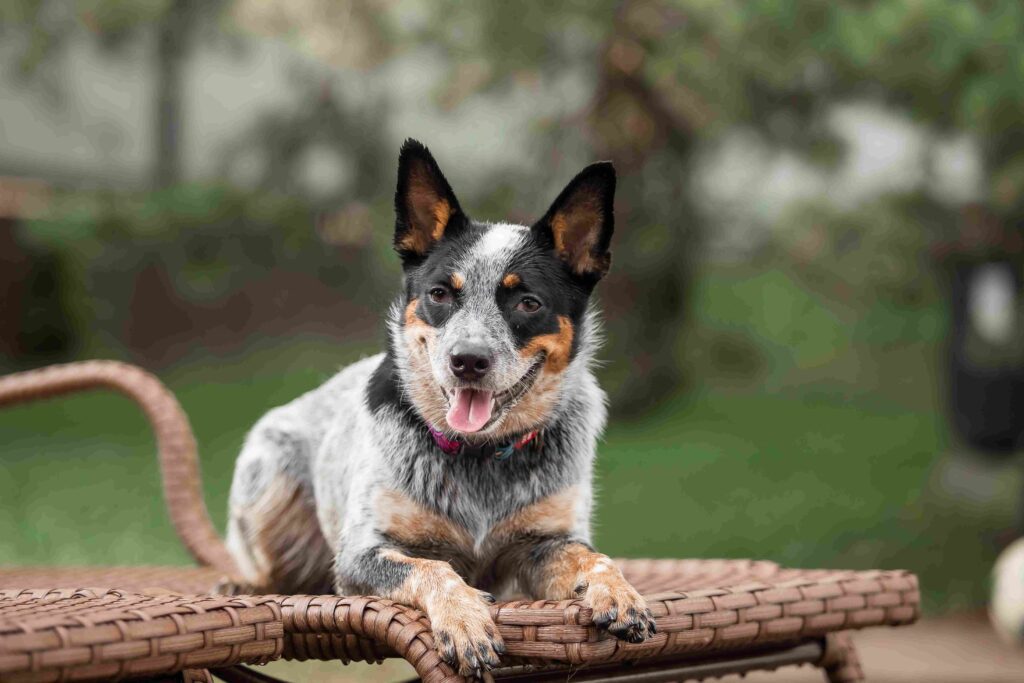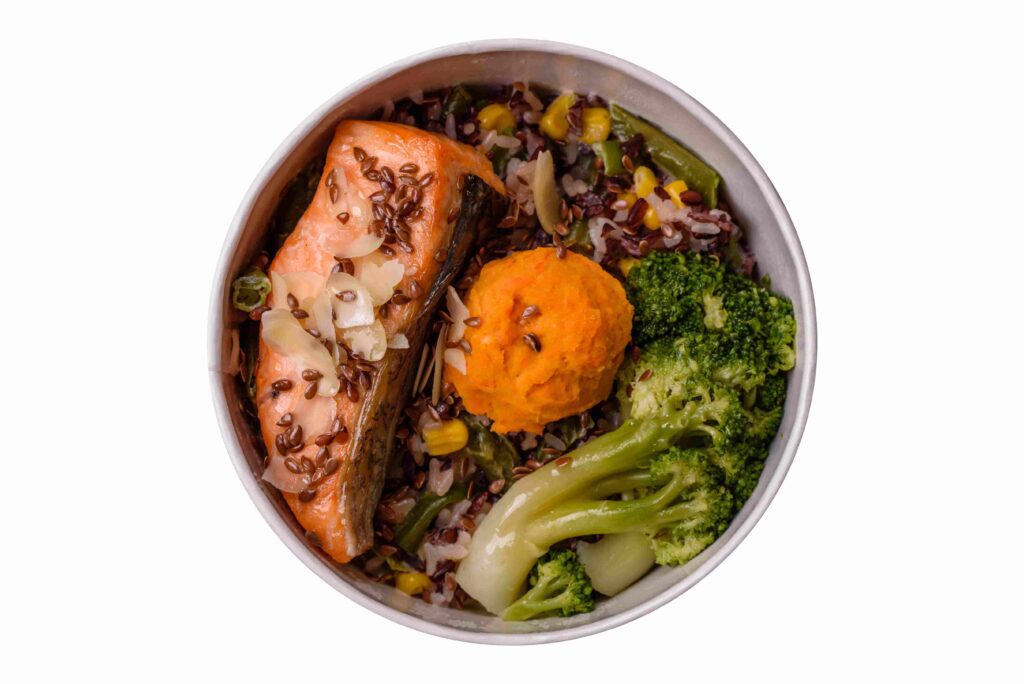Table of Contents
- Introduction: ACDs Don’t Eat Just Anything
- What Do Australian Cattle Dogs Really Need?
- How ACDs Were Bred (and Why It Matters for Diet)
- Are Australian Cattle Dogs Aggressive? (And How Diet Tames That)
- Cold Weather & Calories: Can ACDs Handle the Chill?
- What to Feed Your ACD (From Puppy to Prime)
- Raw vs. Kibble: The Dog Food Debate
- Homemade Meals: Yay or Nay?
- Supplements Worth Adding
- Real Talk: Why Australian Cattle Dogs Are the Best
- FAQs Answered Honestly
- Final Thoughts: Feed Smart, Live Better
Australian Cattle Dog Diet Guide
Imagine putting low-grade fuel in a high-performance car.
That’s what feeding an Australian Cattle Dog (ACD) with cheap, filler-laden dog food is like. These dogs aren’t your average lap loungers. They’re high-drive, no-nonsense, working-class legends.

With the right nutrition, your ACD can leap higher, run longer, think faster, and focus better.
So, if you’re here, chances are you care and that’s a great start. Let’s break down exactly what fuels this fiercely intelligent breed.
What Do Australian Cattle Dogs Really Need?
Australian Cattle Dogs are calorie-burning machines. From herding livestock to tearing through trails, these dogs need more than just “enough” food they need the right kind of food.
Here’s a breakdown of essential nutrients and their sources:
| Nutrient | Why It Matters | Example Sources |
|---|---|---|
| Protein | Builds lean muscle, powers daily energy | Chicken, beef, lamb, salmon |
| Fats | Boosts energy, supports brain and skin health | Fish oil, chicken fat, flaxseed |
| Carbohydrates | Sustains stamina and digestion | Brown rice, oats, sweet potatoes |
| Vitamins | Immunity, bone strength, internal balance | Leafy greens, liver, whole food supplements |
| Water | Regulates temperature and prevents fatigue | Clean water (must be always available) |

A food bowl filled with salmon, brown rice, carrots, and spinach. Beautiful, right? Even better for your dog.
Pro Tip:
How ACDs Were Bred (And Why It Matters for Diet)
The ACD’s origin story is as rugged as the outback. Developed by mixing Dingoes, Blue Merle Collies, and Dalmatians, this breed was designed to work nonstop in harsh climates.
Which explains why:
- They need high-protein, lower-carb diets
- Their bodies are built to recover fast and move even faster
- They’re not built for sedentary lives or poor-quality food
Fun Fact:
You May Also Like
- Surprising Facts About Blue Heeler Puppies
Discover quirky truths and breed secrets behind the energetic Blue Heeler pup. - White or Black German Shepherd: Which is Better?
A detailed comparison of the black and white coat colors, temperament, and training needs. - 7 Effective Dog Diets (Bland Diet for Dogs & More)
From bland diets to raw feeding, learn which plan suits your pup best. - Best Grain-Free Dog Food for Allergies and Yeast
Help your dog overcome itching, ear infections, and skin issues naturally. - French Bulldog Breed Guide: Health and Care Tips
From breathing issues to best foods, this guide covers everything you need to care for a Frenchie.
Are Australian Cattle Dogs Aggressive? (And How Food Affects Behavior)
By nature, ACDs are loyal, alert, and quick. But poor nutrition and lack of structure can turn that energy into irritability, hyperactivity, and reactive behavior.
Here’s how diet plays a role:
Unbalanced food can cause:
- Restlessness
- Poor focus
- Mood swings
Proper nutrition can improve:
- Calmness
- Trainability
- Focus and stamina
Before you blame the dog, check the label on their kibble. Sometimes the problem isn’t in their nature—it’s in their bowl.
Cold Weather & Calorie Adjustments
Can ACDs handle winter? Absolutely.
But as temperatures drop, calorie burn rises. This means they need:
- More fats in their winter diet
- Slightly larger portions
- Warm water to encourage hydration (cold water may be off-putting)
Add salmon oil or coconut oil to meals for a natural winter energy boost.
What to Feed Your ACD (From Puppy to Senior)
Every stage of life requires a different feeding approach:
| Life Stage | Feeding Focus | Recommended Diet |
|---|---|---|
| Puppy | Growth & bone strength | Puppy kibble + goat milk + soft-boiled egg |
| Adult | Muscle maintenance & focus | High-protein kibble, raw meat, cooked veggies |
| Senior | Joint care & weight control | Glucosamine-rich, lower-fat meals, pumpkin for digestion |
Pro Tip: Avoid foods where the first ingredient is corn, wheat, or “meat by-products.” Look for real meat up front.
Raw vs. Kibble: Which Is Best for ACDs?
This debate is hotter than a summer sidewalk.
Kibble Pros:
- Easy storage and serving
- Balanced with added vitamins
- Lower contamination risk
Raw Pros:
- Closer to ancestral diet
- Shinier coats, cleaner teeth
- Higher energy and mental clarity
Hybrid feeding (raw + kibble at different meals) is growing in popularity. Just don’t mix them in the same bowl unless your dog has a strong gut and slow transitions have been made.
Ideal: Kibble in the morning, raw protein and veggies at night.
Homemade Meals: A Great Option (If Done Right)
Homemade meals can be excellent for ACDs—but they need balance.
Sample Meal:
- Cooked chicken (no bones)
- Brown rice
- Spinach & carrots
- Fish oil or olive oil drizzle
Avoid toxic foods: onions, garlic, grapes, raisins, chocolate.
Use vet-approved recipes or consult a pet nutritionist for safe macros.
Supplements That May Help
While a well-rounded diet should cover most bases, some ACDs benefit from these additions:
- Glucosamine + Chondroitin – for joint support
- Probiotics – post-antibiotics or for sensitive stomachs
- Omega-3s – for coat, skin, and brain health
- Turmeric – a natural anti-inflammatory (in small doses)
Always speak with your vet before adding anything new.
Why Australian Cattle Dogs Are Simply the Best
Yes, they’re high maintenance. But they’re also loyal, funny, clever, and absolutely unforgettable.
When you feed them properly, they become:
- Faster on trails
- Sharper during training
- Calmer in the house
- Happier overall
Their food isn’t just fuel it’s their superpower.
FAQs: Honest Answers About ACDs and Their Diet
What do Australian Cattle Dogs eat?
High-protein, meat-forward meals with minimal fillers like corn or soy.
Are they naturally aggressive?
No but poor diet, boredom, and lack of training can bring out reactivity.
Can they handle cold climates?
Yes, but they need extra calories and warm water in winter.
How much does one cost monthly?
Expect to spend $80–$150/month on quality food, vet care, and extras.
How were ACDs bred?
By combining Blue Merle Collies, Dingoes, and Dalmatians for strength, speed, and endurance.
How do you train them well?
Be consistent, mentally challenge them, and feed them food that fuels focus not just fullness.
Final Thoughts: Feed Smart, Live Better
Feeding an Australian Cattle Dog isn’t just a task it’s a strategy. A mindset.
- Watch their energy and behavior for feedback
- Adjust meals for seasons and age
- Stay consistent
A well-fed ACD isn’t just a healthier dog they’re a happier, sharper, more bonded partner.
So go beyond feeding. Fuel the legend.
Helpful Resources for Australian Cattle Dog Owners
Looking to learn more about caring for your Australian Cattle Dog? Here are some resources to check out:
- Australian Cattle Dog Club of America – For breed-specific information, training tips, and upcoming events.
- Raw Feeding Advice from Dogs Naturally Magazine – A comprehensive guide to feeding your dog a raw diet.
- Dog Nutrition Center by AKC – Expert nutrition advice tailored for your pup’s needs.
- Dog Training Basics – Useful tips on behavior training and strengthening your bond with your ACD.
Explore these links and take another step towards giving your dog their happiest and healthiest life!
